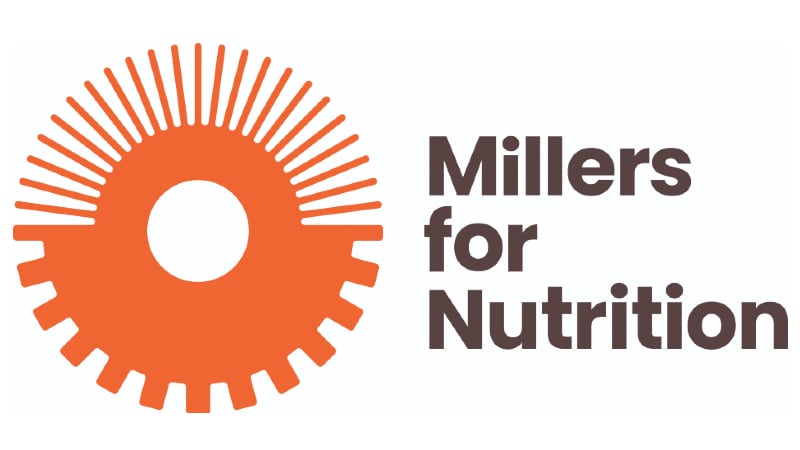Arla Food Ingredients says it has observed an increasing number of products with high-protein claims in the Middle East as manufacturers respond to growing demand.
“We’re seeing high demand for foods and beverages with functional ingredients, protein in particular, in the region. Between 2017 and 2022, the number of product launches with a high-protein or source of protein claim grew by an average of over 17% annually in the Middle East and Africa,” Shu Chen, Regional Marketing Manager Asia at Arla Foods Ingredients, told NutraIngredients-Asia.
However, it is not just about the quantity of protein that is packed into a product, but the quality, too.
“There is increasing interest in origin and quality — consumers want complete proteins from familiar sources. They want them in products with appealing taste and texture, and that can deliver both nutritional and functional benefits in a wide range of food and beverage applications.
“Getting the taste and texture right is one of the biggest challenges when it comes to formulating with protein. It’s also true that novelty is a big market driver, so a lot of our recent R&D have focused on developing innovative solutions for new categories.”
While the sports and active nutrition space is burgeoning, it is also “hugely diverse”.
“High-protein products are popular across the board, but every consumer group has its own needs and preferences. Those in the performance segment are looking for premium ingredients and functionality, whereas ‘healthy-lifestyle’ consumers are more likely to prioritise taste and naturality.
“Another key trend, particularly in this region, is healthy ageing. The Middle East is experiencing the fastest pace of ageing globally, with the number of people aged 60 and above forecasted to triple by 2050. Two of the most common health concerns in this demographic are age-related bone and muscle loss, which is driving interest in food and beverage products with high levels of whey protein and calcium.”
Needs-driven innovations
At the recent Gulfood Manufacturing event that took place in Dubai, Arla Foods Ingredients spotlighted novel applications of its whey protein range.
These include a high-protein ice cream made with ingredients from the firm’s recently launched Nutrilac ProteinBoost range.
“This line of whey proteins are developed using our patented microparticulation technology, and are ideal for ice cream because they offer low viscosity and perfect meltdown, as well as a mild creamy taste.
“They are also very easy to add to beverages. Its uniqueness lies in the fact that it solves the problem of excessively viscous texture, which is common when other whey protein ingredients are used in dairy drinks,” said Chen.
Other products that were featured include a fermented protein drink made with Lacprodan HYDRO.365 and Nutrilac FO-8571, and a clear protein-enriched juice drink infused with Lacprodan ISO.Clear.
“As they minimise cloudiness and sedimentation, these 100% whey-based hydrolysates can be used to create clear fermented beverages. Besides being high in protein, Lacprodan ISO.Clear lends a great taste with zero dry mouthfeel, contains no added sugar, and can be fortified with vitamins and minerals.”
In addition, MicelPure, one of the firm’s newest ingredients, claims to be the first ever organic micellar casein isolate that contains 87% native protein, and is low in lactose and fat, and naturally high in calcium.
Produced from Danish milk via gentle membrane filtration technology, the protein retains its natural form with minimal denaturation to protect its nutrient content.
It is said to be suitable for sports nutrition and other health food applications, such ready-to-drink beverages, puddings, and shakes.
“Our portfolio of solutions demonstrate exactly how we can help manufacturers keep up with key trends in the Middle East region and beyond, as well as meet the nutrition needs of consumers globally.”




